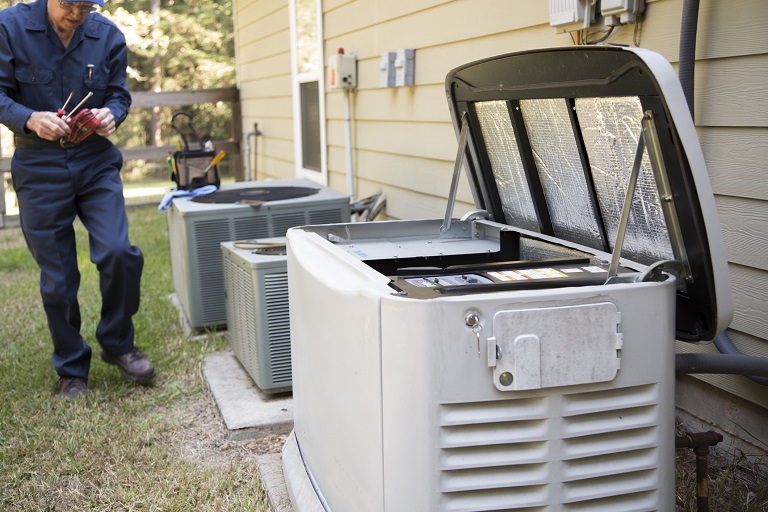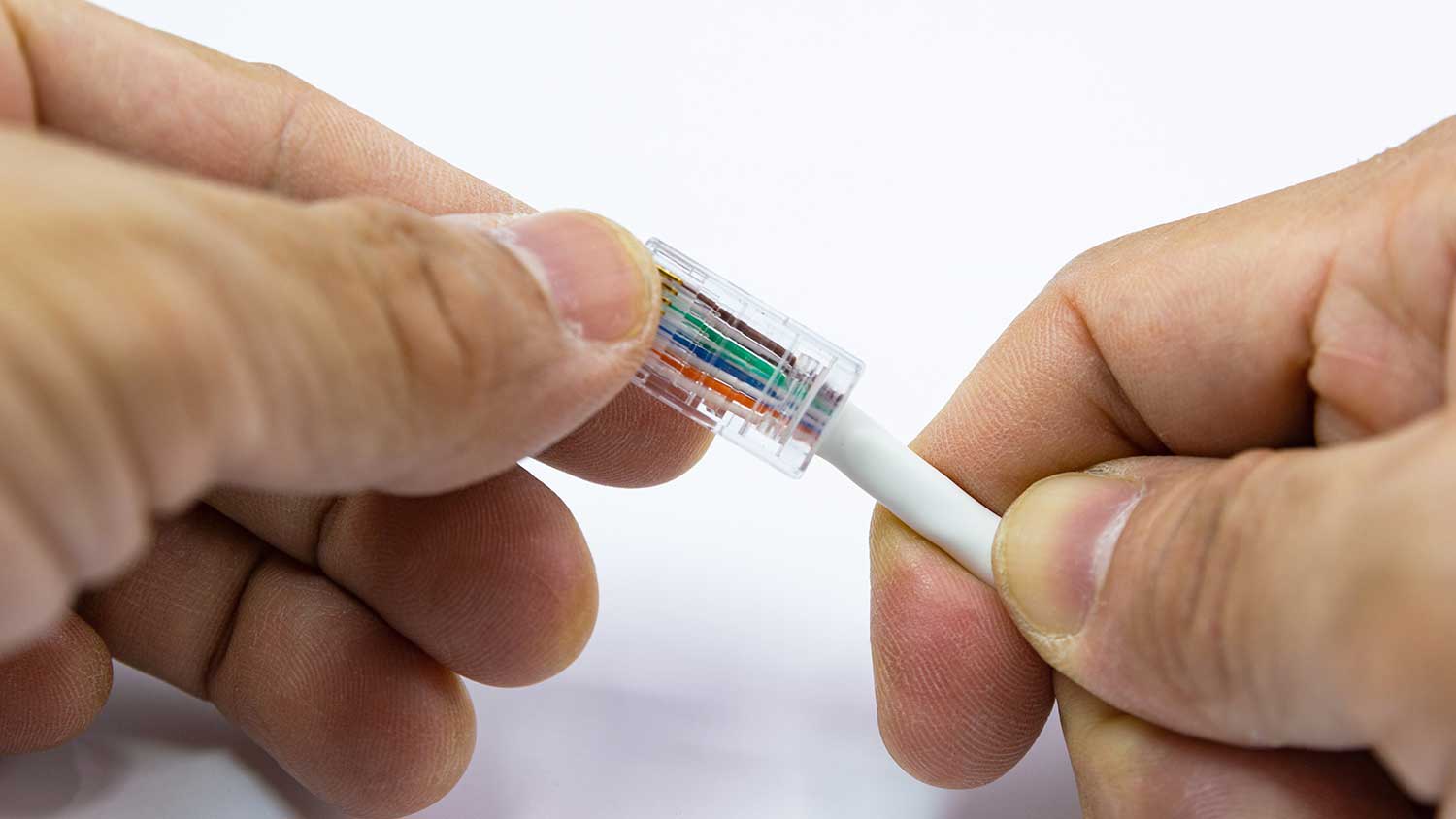
Budget for the cost to replace a light switch based on factors such as switch type, project complexity, hiring a professional electrician, and more.
The cost to replace a light fixture runs $588 on average, though most homeowners pay between $158 and $1,018 depending on the fixture type and number of fixtures your pro installs.


Fixture type significantly impacts cost—basic models start around $15, while high-end designs can exceed $5,500.
Additional materials like switches, outlets, or wiring can increase your total cost.
Electricians charge $50 to $100 per hour, and most installations take one to two hours.
Permits may cost $30 to $50, depending on your local requirements.
This article was updated using automation technology and thoroughly reviewed for accuracy by HomeAdvisor Editor Ryan Noonan.
Replacing a light fixture costs an average of $588, although you could pay as little as $75 or as much as $3,000. The type of fixture you choose, additional materials, and labor rates in your area will impact the final price. Hiring a professional electrician ensures safe and proper installation, so it's important to budget for labor fees.
The cost of replacing a light fixture depends on several factors, including the fixture type, the number of fixtures requiring replacement, additional materials, local labor costs, and permits.
The type of light fixture you choose greatly affects your material and labor costs. Fixtures range from as low as $15 for basic models to over $5,500 for high-end designs. LED strips and ceiling lights are budget-friendly options, while chandeliers and pendant lights come with higher price tags due to their intricate designs.
| Light Fixture Type | Average Cost of Installation |
|---|---|
| LED strip | $70–$400 |
| Ceiling light | $70–$250 |
| Fluorescent light | $80–$220 |
| Track lighting | $100–$300 |
| Wall-mounted lights | $100–$250 |
| Light bar | $200–$500 |
| Pendant light | $100–$300 |
| Chandelier | $220–$3,400+ |
The more fixtures you install, the higher your installation costs will be. The number of fixtures depends on the type and layout of your room. If you're updating multiple rooms or adding complex systems like recessed lighting—which costs between $130 and $300 per fixture —your overall cost will increase. You'll need one recessed light for every 4 to 6 square feet of ceiling space. Complex installations may require extra wiring or electrical panel upgrades, adding to your total cost.
Materials can be your biggest expense when replacing a light fixture. Basic fixtures start around $20, but designer options can exceed $5,000. If you're considering high-end materials like crystal, marble, or gold plating, expect prices to go over $10,000.
You may need to purchase other materials, such as switches, bulbs, and outlets, in addition to the fixture. The amount required depends on the room layout and existing materials.
| Lighting Material | Average Cost Range |
|---|---|
| Fixture | $20–$5,000 |
| Light switch | $1–$100 |
| Dimmer switch | $6–$40 |
| Outlet | $3–$200 |
| Junction box | $10–$450 |
| Wiring | $7–$10 per linear foot |
| Electrical panel | $250–$450 |
Hiring a professional electrician near you ensures your light fixture is installed safely and correctly. Electricians charge between $50 and $100 per hour, depending on experience and location. They handle tasks like removing old fixtures, installing new ones, updating wiring, and making sure everything meets local codes. If your installation takes about two hours, you can expect labor costs around $100 to $200. Keep in mind that rates may be higher in areas with a higher cost of living or for more complex installations.
If your installation requires new wiring, you may need an electrical permit, which, depending on your location, costs between $30 and $50.
When deciding whether to repair or replace your light fixture, think about your budget, timeline, and the fixture's condition. If you love the design and the damage is minor, repairing it would be a cost-effective option. Light fixture repairs cost between $50 and $200, depending on the complexity. Simple repairs may take just 15 minutes, while more complex issues can take up to two hours.
However, if your current fixture is outdated or severely damaged, replacement is often the best option. New fixtures have a longer lifespan and may come with a warranty. The extent of the damage can influence the decision; if repair costs exceed 50% of the replacement cost (the 50% rule), it may be more economical to replace the fixture. Installing a new fixture can also improve energy efficiency, ensure your home’s safety, and add modern appeal to your space.
Replacing your light fixtures can boost your home's value, especially if you choose modern, energy-efficient designs. New fixtures enhance your home's appearance and appeal to potential buyers. Outdated or damaged fixtures might be safety hazards, so updating them shows that your home is well-maintained. Installing outdoor lighting can also improve security and highlight your landscaping.
To make your light fixture replacement more budget-friendly:
Get multiple quotes from contractors to find the best price.
Look for sales at local hardware stores or online retailers for fixtures and materials.
Consider installing a dimmer switch to reduce energy usage and save on utility bills.
Evaluate your existing fixture —if it's in decent condition, repairing it may save you money.
Choose cost-effective designs like standard ceiling lights instead of pricey chandeliers or pendant lights.
No place is more important than your home, which is why HomeAdvisor connects homeowners with local pros to transform their houses into homes they love. To help homeowners prepare for their next project, HomeAdvisor provides readers with accurate cost data and follows strict editorial guidelines. We surveyed thousands of real customers about their project costs to develop the pricing data you see, so you can make the best decisions for you and your home. We pair this data with research from reputable sources, including the U.S. Bureau of Labor Statistics, academic journals, market studies, and interviews with industry experts—all to ensure our prices reflect real-world projects.
From average costs to expert advice, get all the answers you need to get your job done.

Budget for the cost to replace a light switch based on factors such as switch type, project complexity, hiring a professional electrician, and more.

Estimate the cost to rewire a house based on the key factors. Our guide covers different wire types, permits, and ways to save on electrical system upgrades.

Unsure who can fix a generator? Learn whether to hire a generator technician or electrician and what affects repair costs—start your search now.

Wondering who can install recessed lighting? See who to hire, other pro options, steps, and costs to plan your project confidently.

Who can run ethernet cable through walls? Learn whether to hire an electrician or general contractor, what to expect, and how pros get it done.

Learn who to call for electrical problems—electrician or power company—and when to get help. See pro steps, safety tips, and hiring guidance.